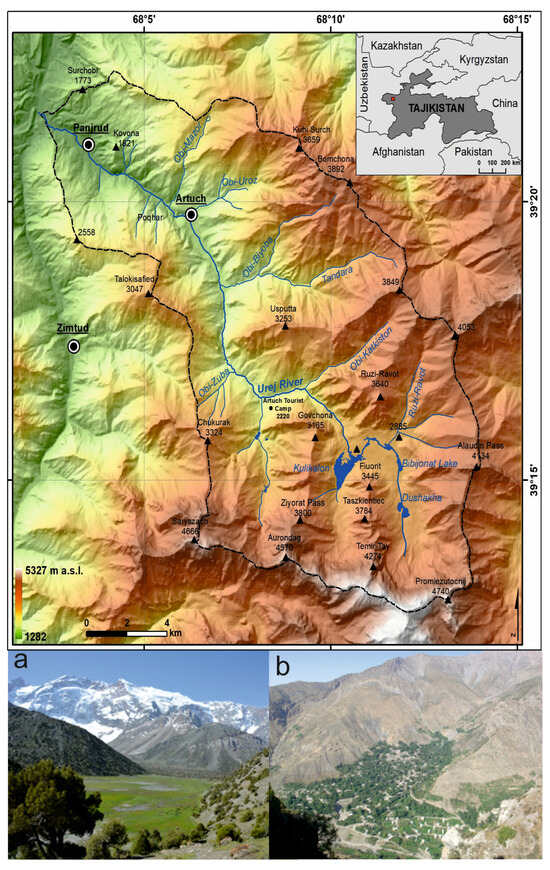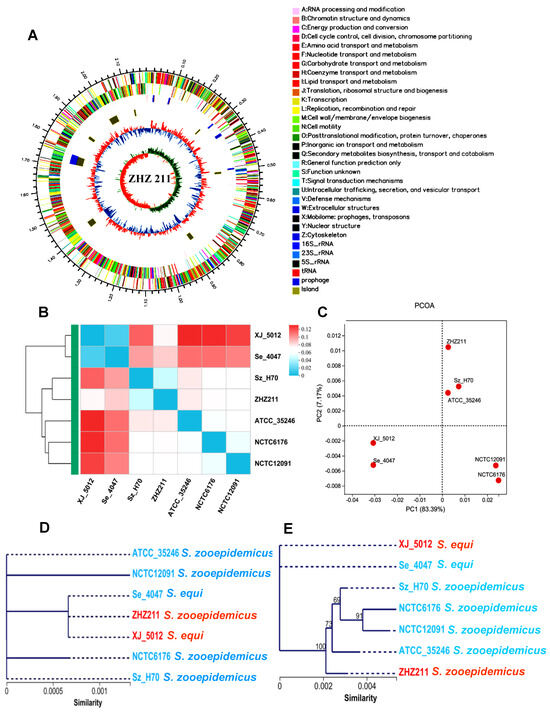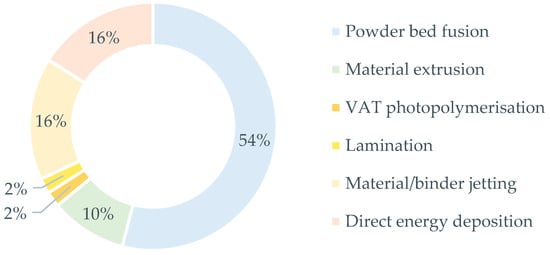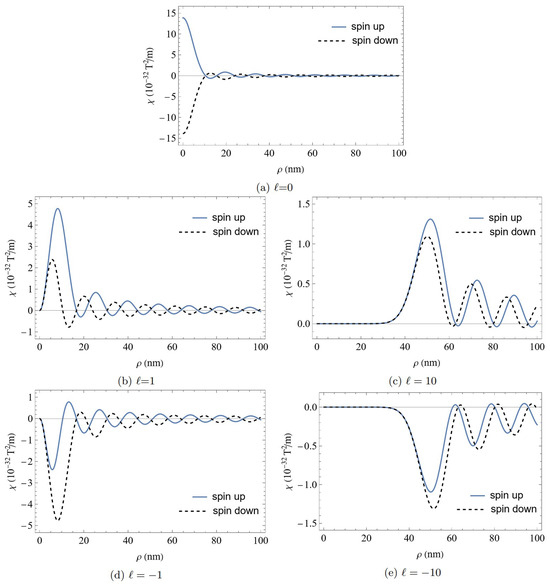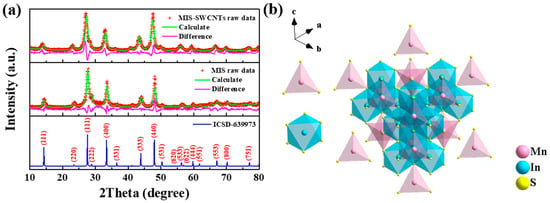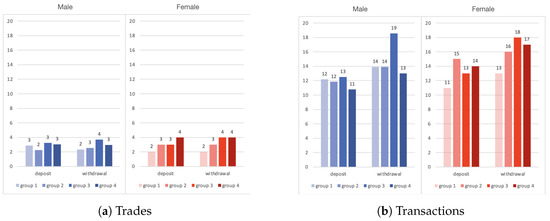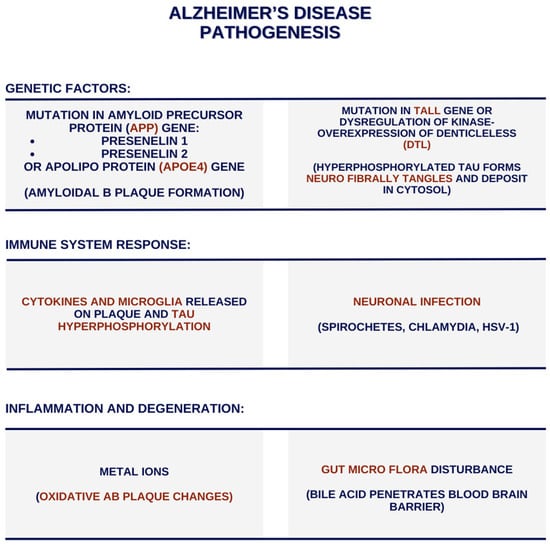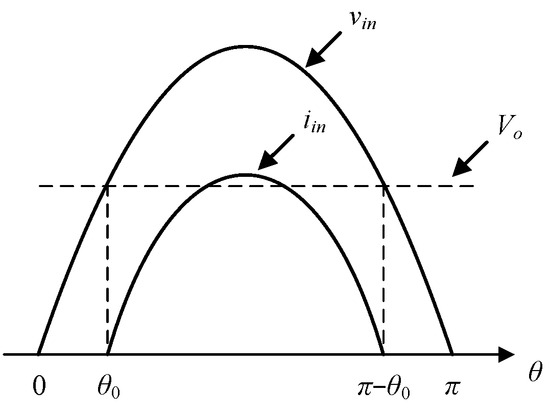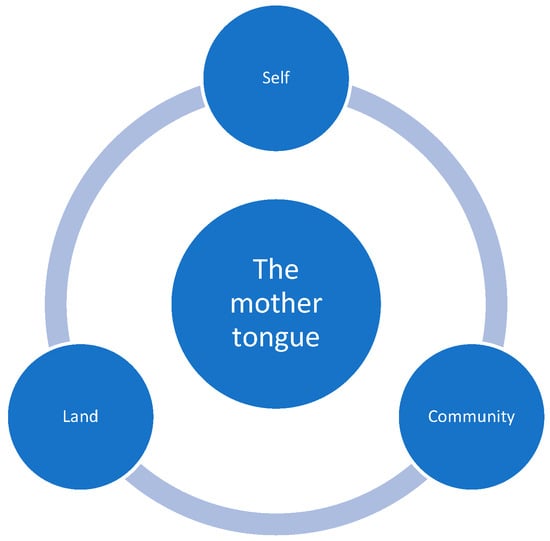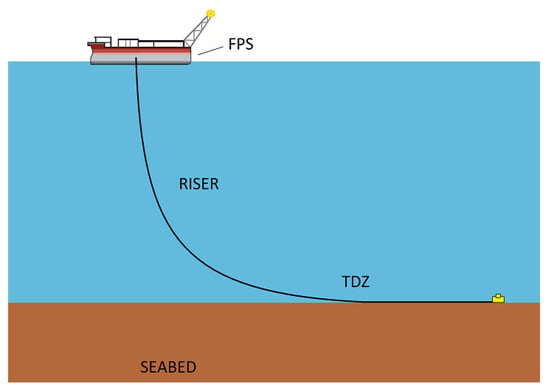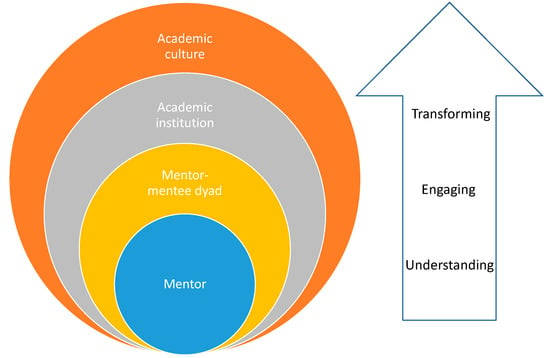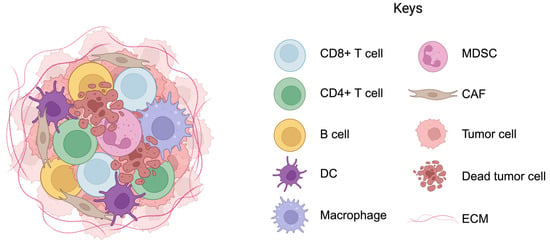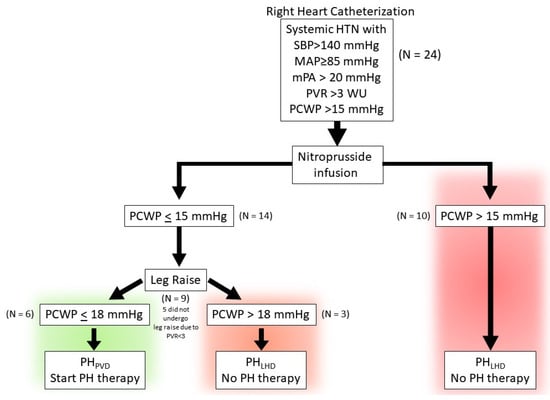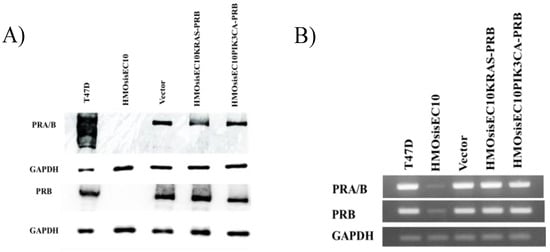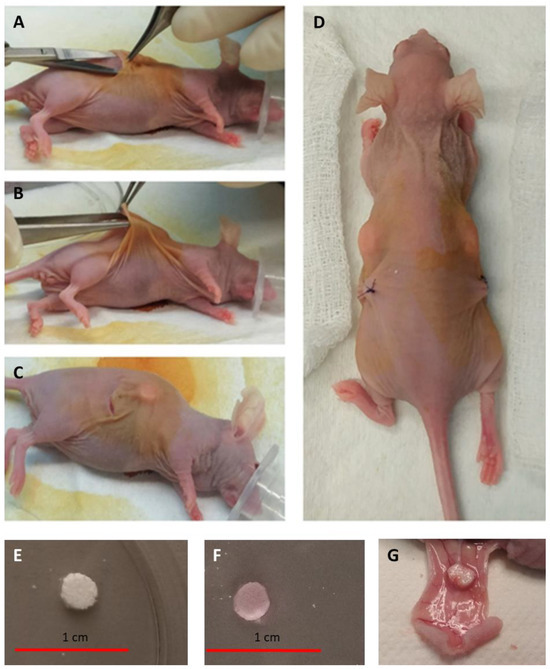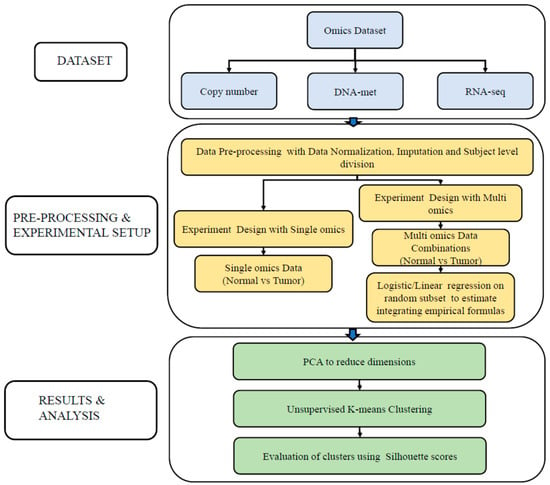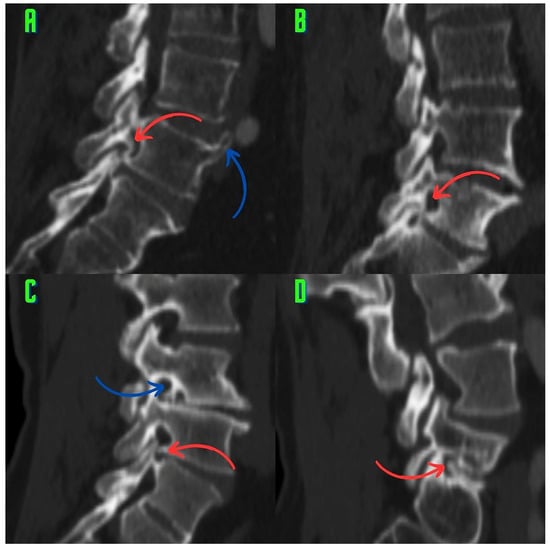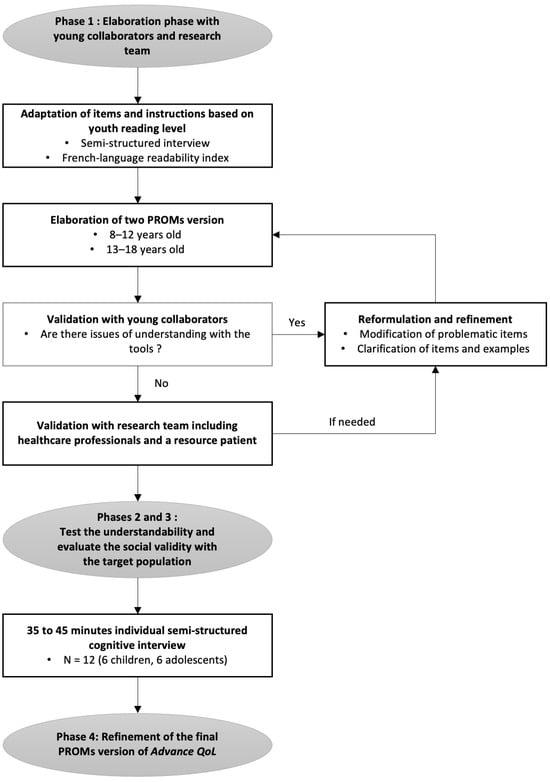Streptococcus equi subsp.
zooepidemicus (
S. zooepidemicus) is one of the important zoonotic and opportunistic pathogens. In recent years, there has been growing evidence that supports the potential role of
S. zooepidemicus in severe diseases in horses and other animals, including humans.
[...] Read more.
Streptococcus equi subsp.
zooepidemicus (
S. zooepidemicus) is one of the important zoonotic and opportunistic pathogens. In recent years, there has been growing evidence that supports the potential role of
S. zooepidemicus in severe diseases in horses and other animals, including humans. Furthermore, the clinical isolation and drug resistance rates of
S. zooepidemicus have been increasing yearly, leading to interest in its in-depth genomic analysis. In order to deepen the understanding of the
S. zooepidemicus characteristics and genomic features, we investigated the genomic islands, mobile genetic elements, virulence and resistance genes, and phenotype of
S. zooepidemicus strain ZHZ 211 (ST147), isolated from an equine farm in China. We obtained a 2.18 Mb, high-quality chromosome and found eight genomic islands. According to a comparative genomic investigation with other reference strains, ZHZ 211 has more virulence factors, like an iron uptake system, adherence, exoenzymes, and antiphagocytosis. More interestingly, ZHZ 211 has acquired a mobile genetic element (MGE), prophage Ph01, which was found to be in the chromosome of this strain and included two hyaluronidase (
hyl) genes, important virulence factors of the strain. Moreover, two transposons and two virulence (
virD4) genes were found to be located in the same genome island of ZHZ 211. In vitro phenotypic results showed that ZHZ 211 grows faster and is resistant to clarithromycin, enrofloxacin, and sulfonamides. The higher biofilm-forming capabilities of ZHZ 211 may provide a competitive advantage for survival in its niche. The results expand our understanding of the genomic, pathogenicity, and resistance characterization of
Streptococcus zooepidemicus and facilitate further exploration of its molecular pathogenic mechanism.
Full article
 IJMS
IMPACT
IJMS
IMPACT Applied Sciences
IMPACT
Applied Sciences
IMPACT Sustainability
IMPACT
Sustainability
IMPACT Sensors
IMPACT
Sensors
IMPACT JCM
IMPACT
JCM
IMPACT Energies
IMPACT
Energies
IMPACT Molecules
IMPACT
Molecules
IMPACT Materials
IMPACT
Materials
IMPACT Remote Sensing
IMPACT
Remote Sensing
IMPACT Cancers
IMPACT
Cancers
IMPACT Electronics
IMPACT
Electronics
IMPACT Mathematics
IMPACT
Mathematics
IMPACT Foods
IMPACT
Foods
IMPACT Buildings
IMPACT
Buildings
IMPACT Plants
IMPACT
Plants
IMPACT Nutrients
IMPACT
Nutrients
IMPACT Animals
IMPACT
Animals
IMPACT Polymers
IMPACT
Polymers
IMPACT Water
IMPACT
Water
IMPACT Diagnostics
IMPACT
Diagnostics
IMPACT Biomedicines
IMPACT
Biomedicines
IMPACT Agronomy
IMPACT
Agronomy
IMPACT Microorganisms
IMPACT
Microorganisms
IMPACT Processes
IMPACT
Processes
IMPACT Healthcare
IMPACT
Healthcare
IMPACT Forests
IMPACT
Forests
IMPACT Cells
IMPACT
Cells
IMPACT JMSE
IMPACT
JMSE
IMPACT Medicina
IMPACT
Medicina
IMPACT Viruses
IMPACT
Viruses
IMPACT Agriculture
IMPACT
Agriculture
IMPACT Nanomaterials
IMPACT
Nanomaterials
IMPACT IJERPH
IJERPH
 Land
IMPACT
Land
IMPACT Pharmaceutics
IMPACT
Pharmaceutics
IMPACT Pharmaceuticals
IMPACT
Pharmaceuticals
IMPACT Religions
IMPACT
Religions
IMPACT Biomolecules
IMPACT
Biomolecules
IMPACT Life
IMPACT
Life
IMPACT Micromachines
IMPACT
Micromachines
IMPACT Atmosphere
IMPACT
Atmosphere
IMPACT Antioxidants
IMPACT
Antioxidants
IMPACT Genes
IMPACT
Genes
IMPACT Metals
IMPACT
Metals
IMPACT Symmetry
IMPACT
Symmetry
IMPACT Children
IMPACT
Children
IMPACT Coatings
IMPACT
Coatings
IMPACT Vaccines
IMPACT
Vaccines
IMPACT Horticulturae
IMPACT
Horticulturae
IMPACT Education Sciences
IMPACT
Education Sciences
IMPACT Minerals
IMPACT
Minerals
IMPACT Brain Sciences
IMPACT
Brain Sciences
IMPACT JPM
IMPACT
JPM
IMPACT Bioengineering
IMPACT
Bioengineering
IMPACT




